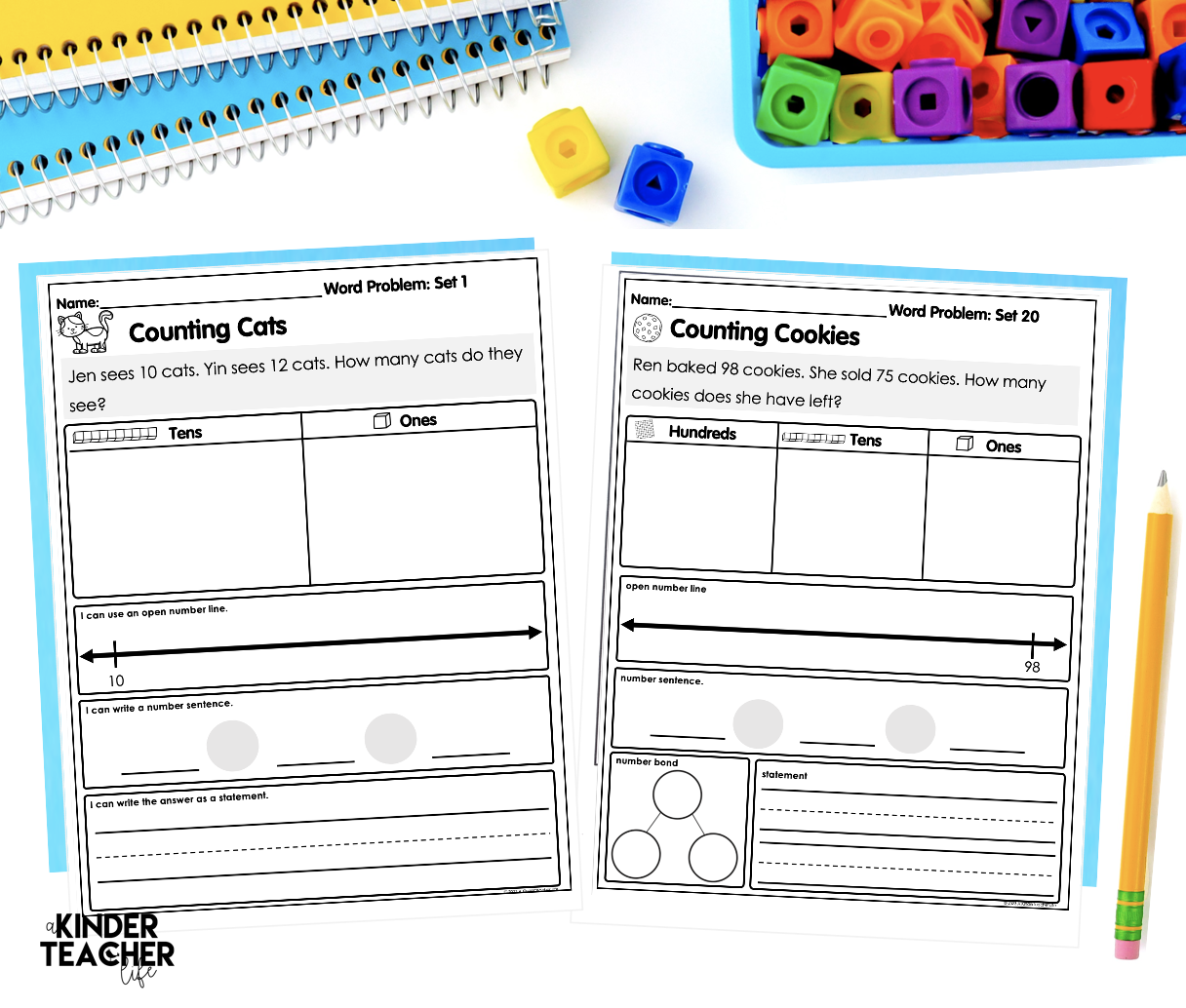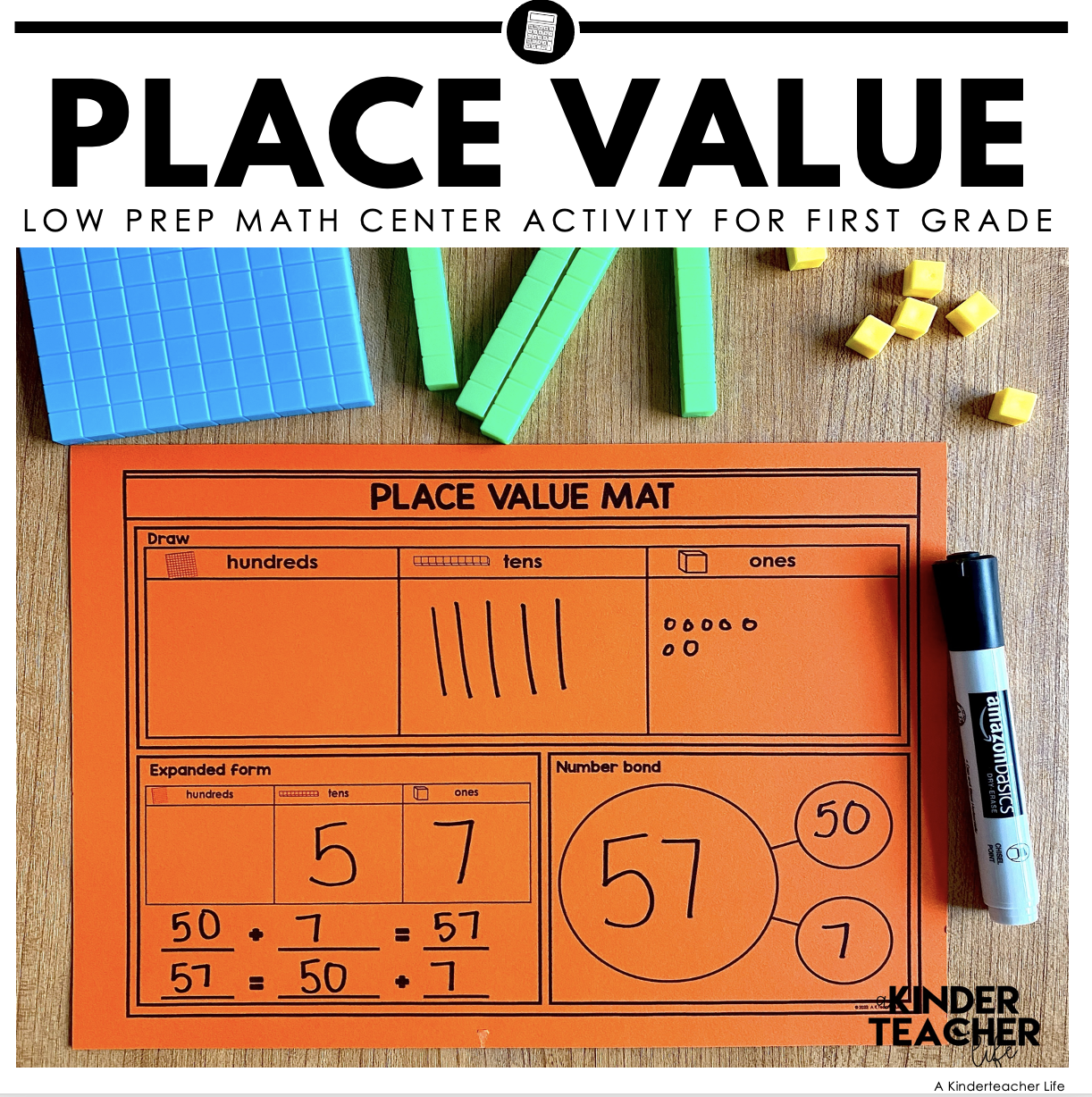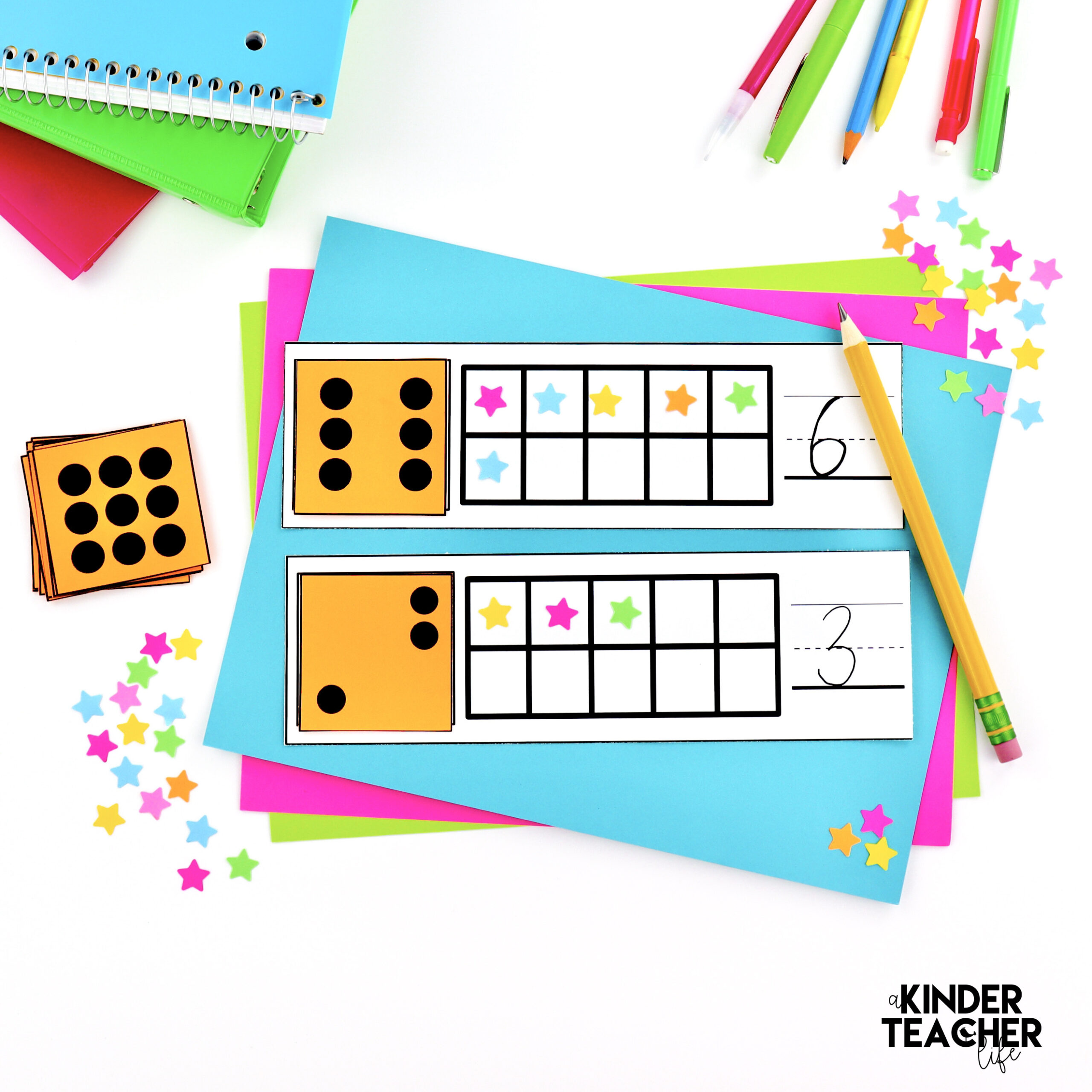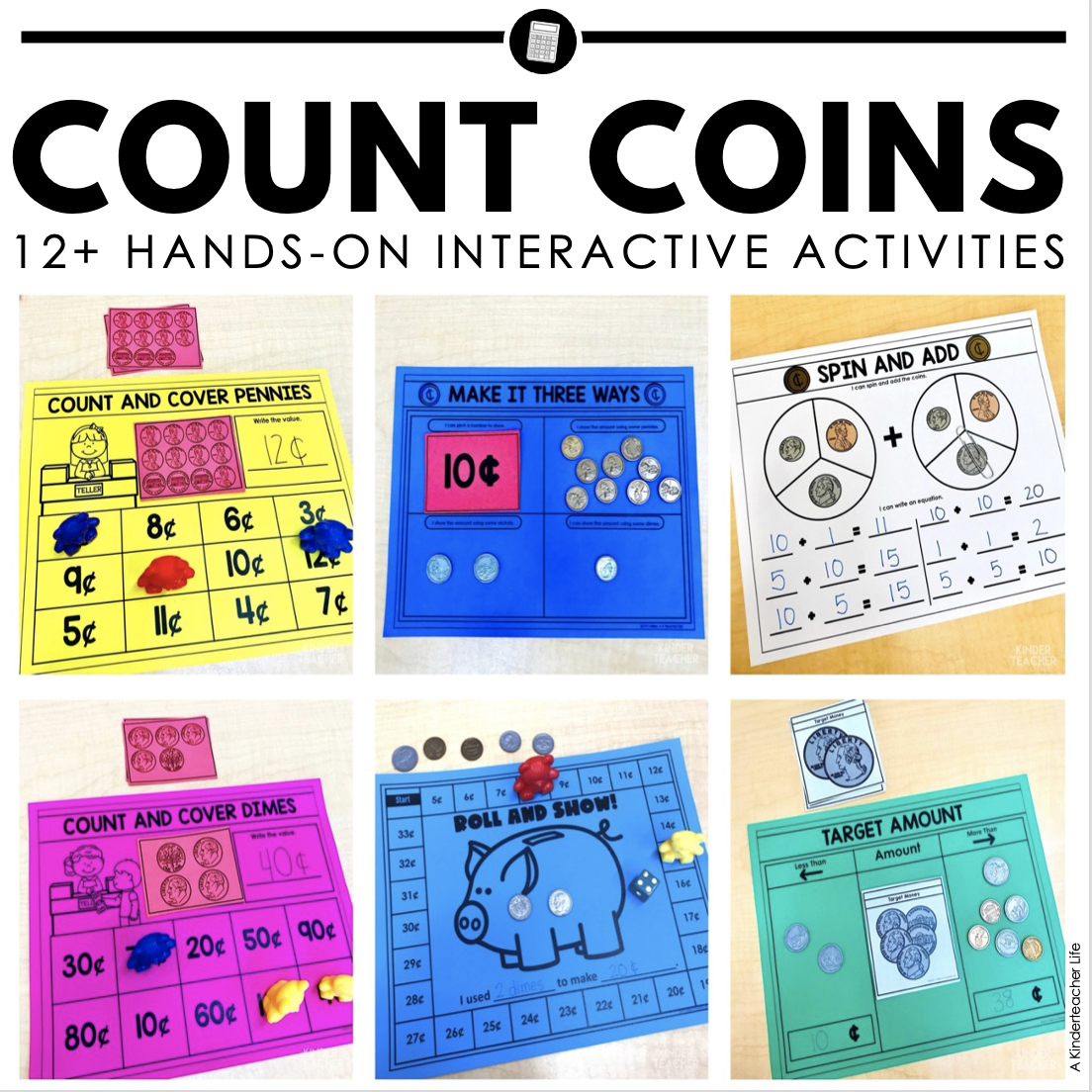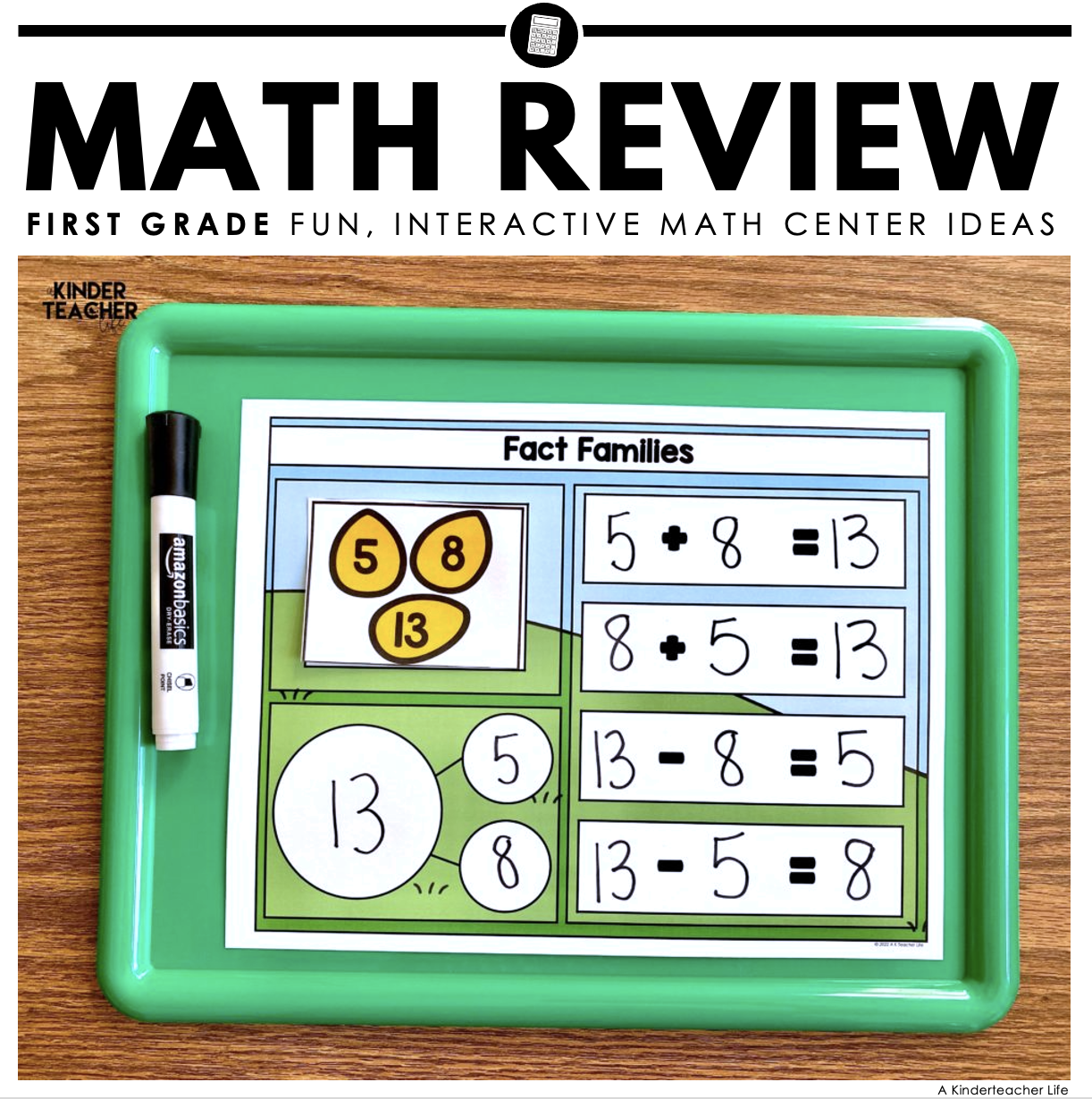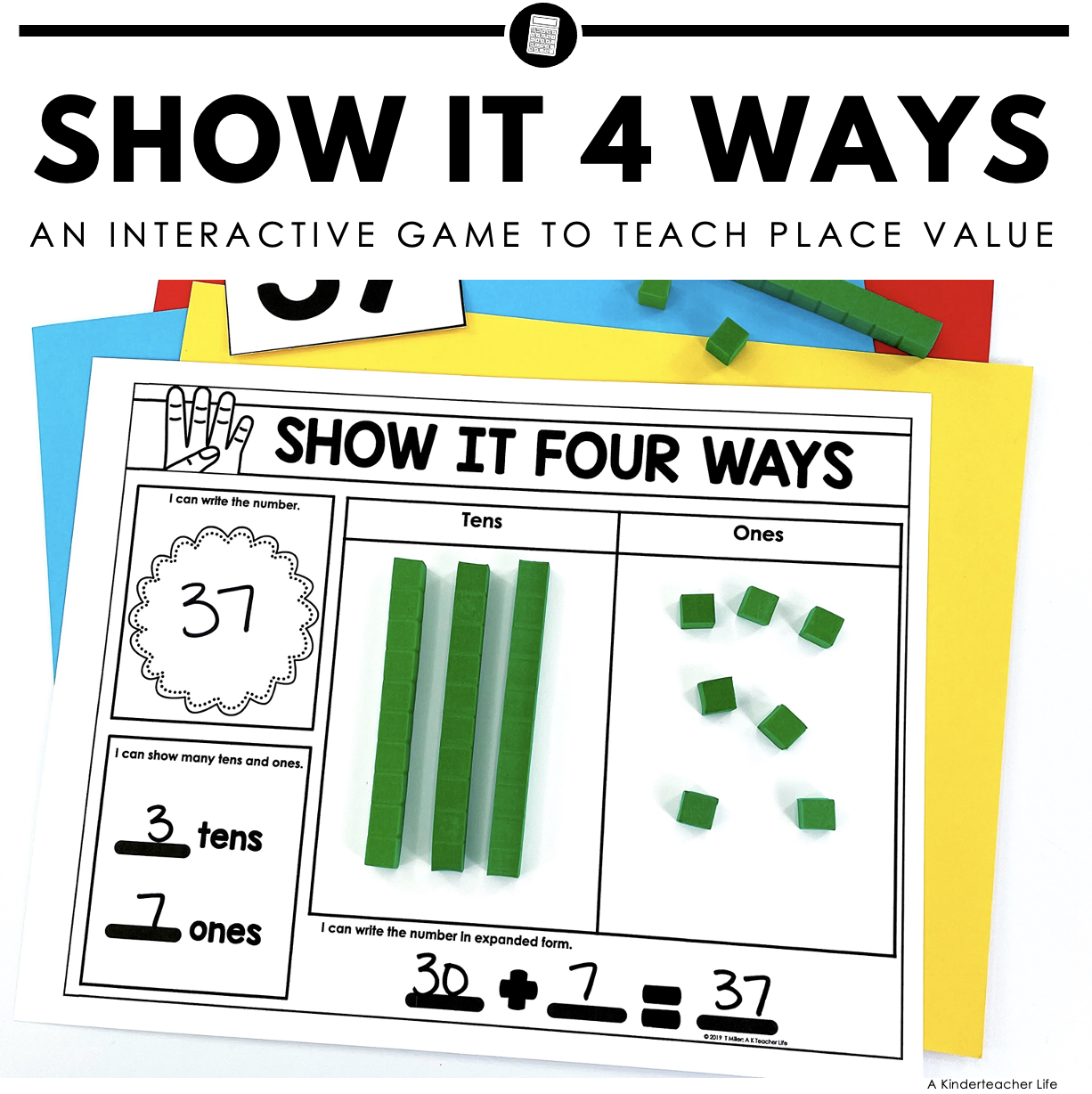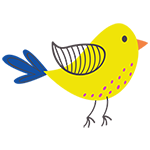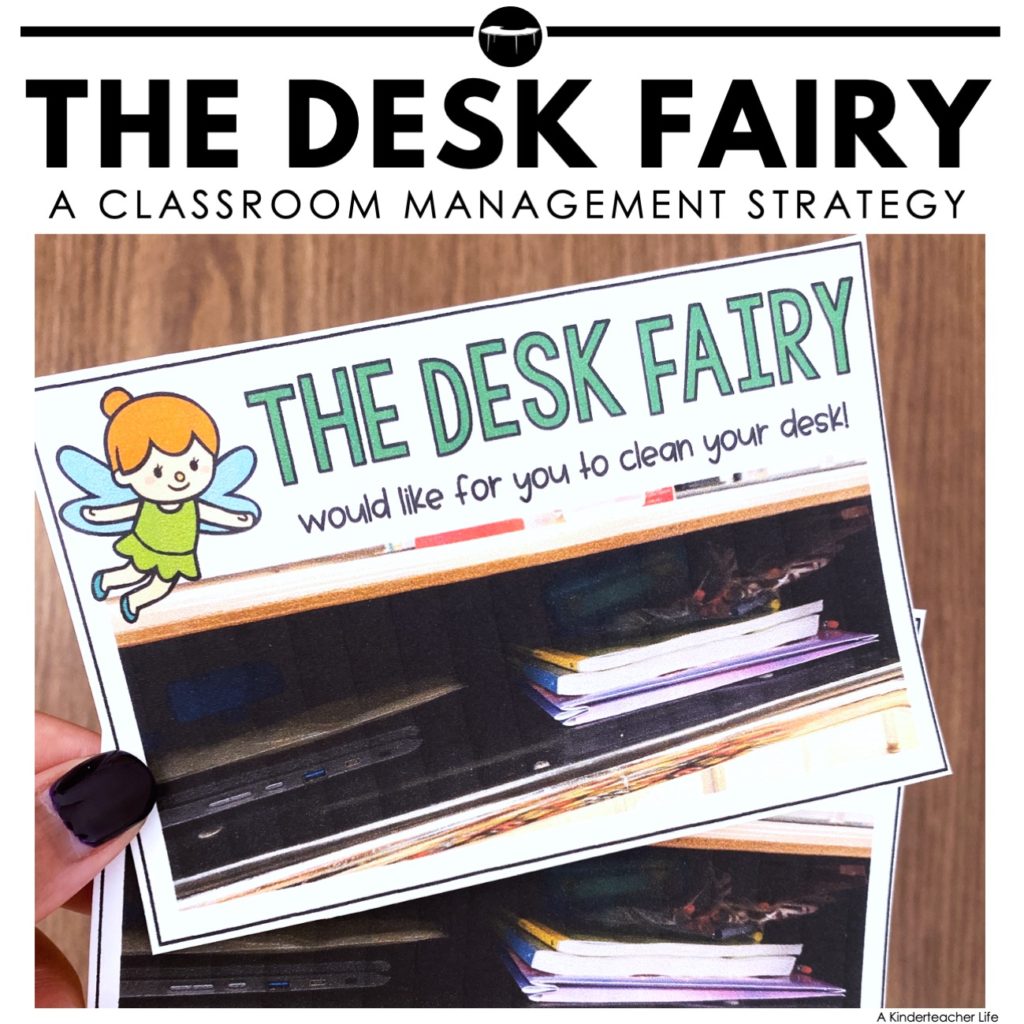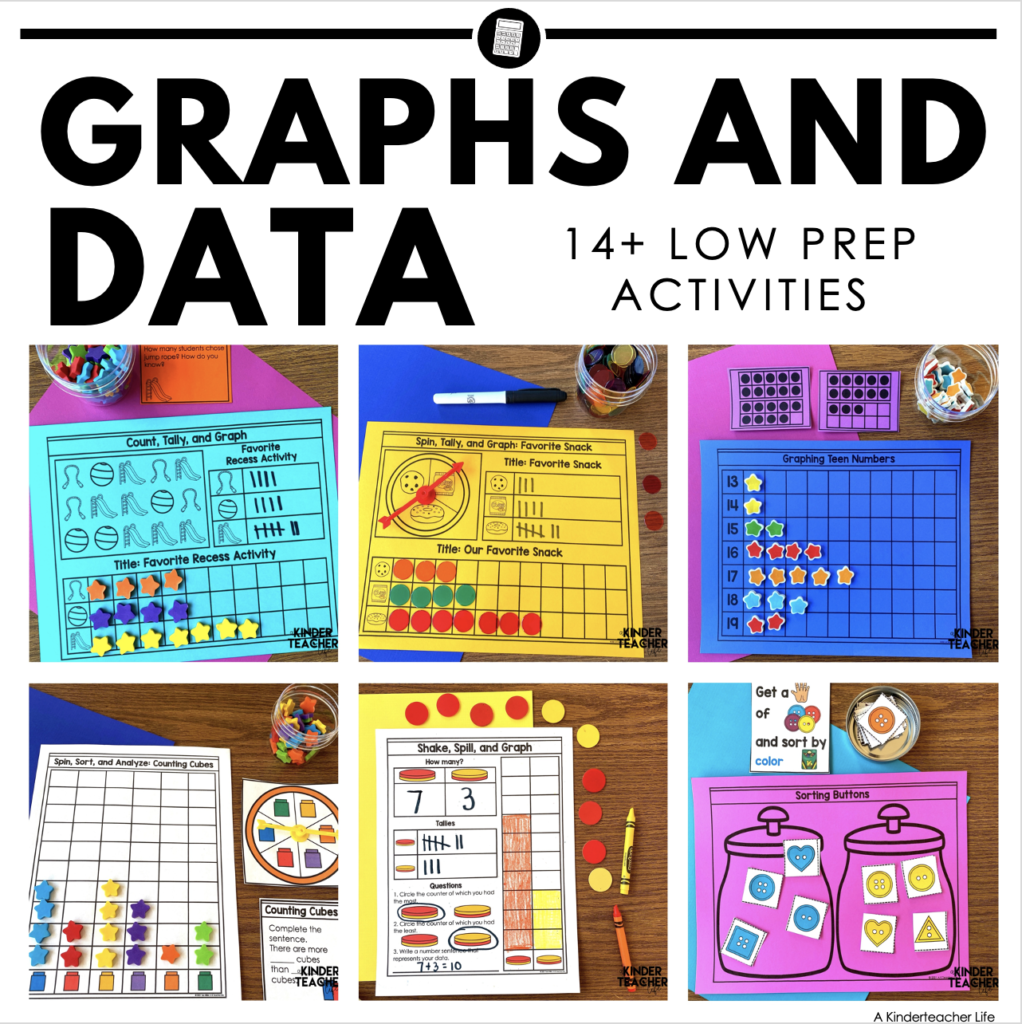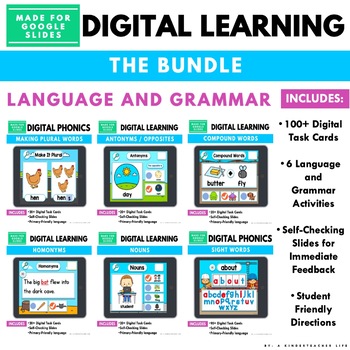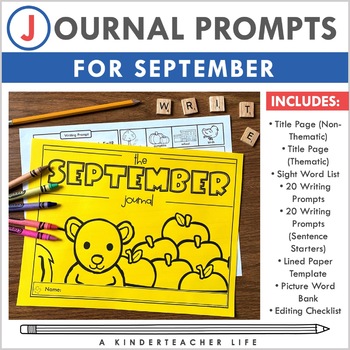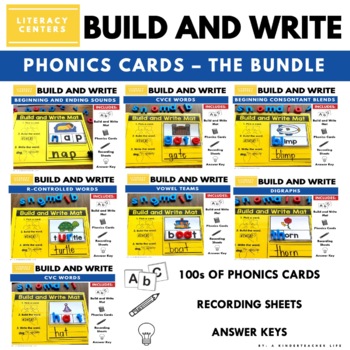How to teach students to collect, graph, and analyze data
Collecting, graphing, and analyzing data are important skills for students to learn, and they can be introduced and practiced in kindergarten and first-grade classrooms. There’s a ton of fun and hands-on activities you can use to teach graphing.
Tips for Data Collecting and Graphing
Start with Simple Data Collection
Begin by having students collect data on simple topics such as their favorite colors or types of fruit. They can show their data by tallying their responses using a simple chart or graph.
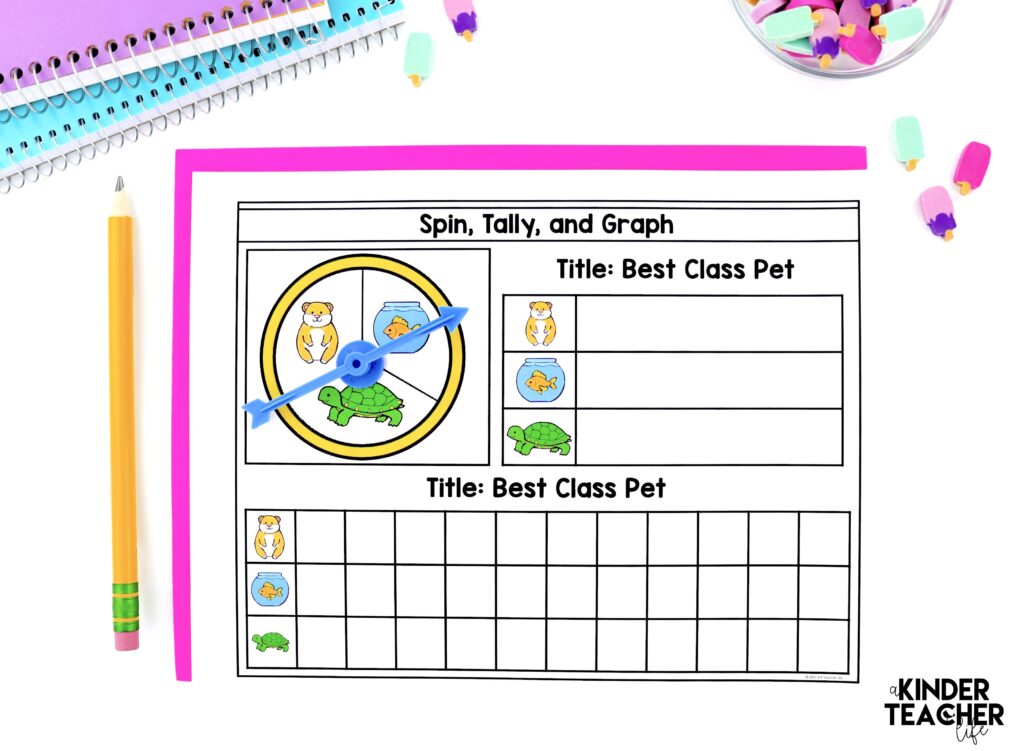
Use Hands-On Activities
Hands-on activities, such as sorting and classifying objects, can be engaging and fun ways for students to practice collecting and organizing data.
Use Visual Aids
Visual aids such as picture graphs or bar graphs can be helpful for students as they learn to collect and organize data. These aids can help students visualize the data and understand how to interpret it. Make it fun! Use candy, fun erasers, or manipulatives for students
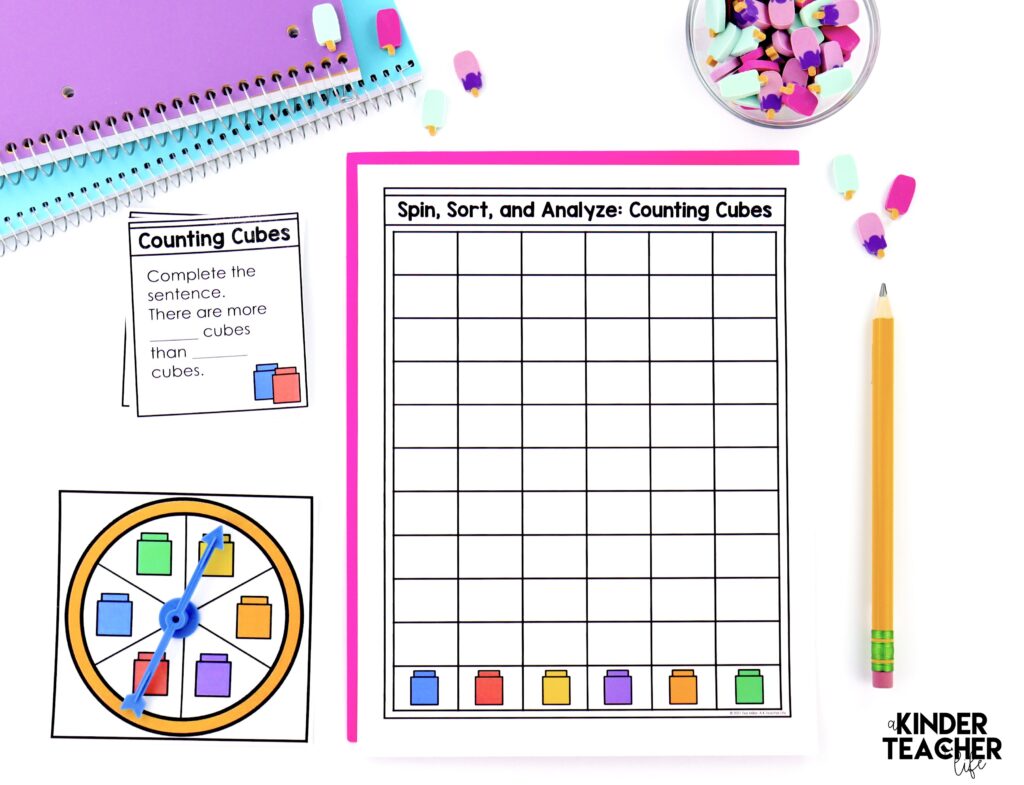
Incorporate Data Collection into Everyday Activities
Help students practice collecting and organizing data by incorporating it into daily activities, such as asking them to count how many students are present or absent and their favorite ice cream flavor, for example.
Emphasize the Importance of Accuracy
Students need to understand the importance of collecting accurate data. This can be done by encouraging them to double-check their work and ensure their data is correct.
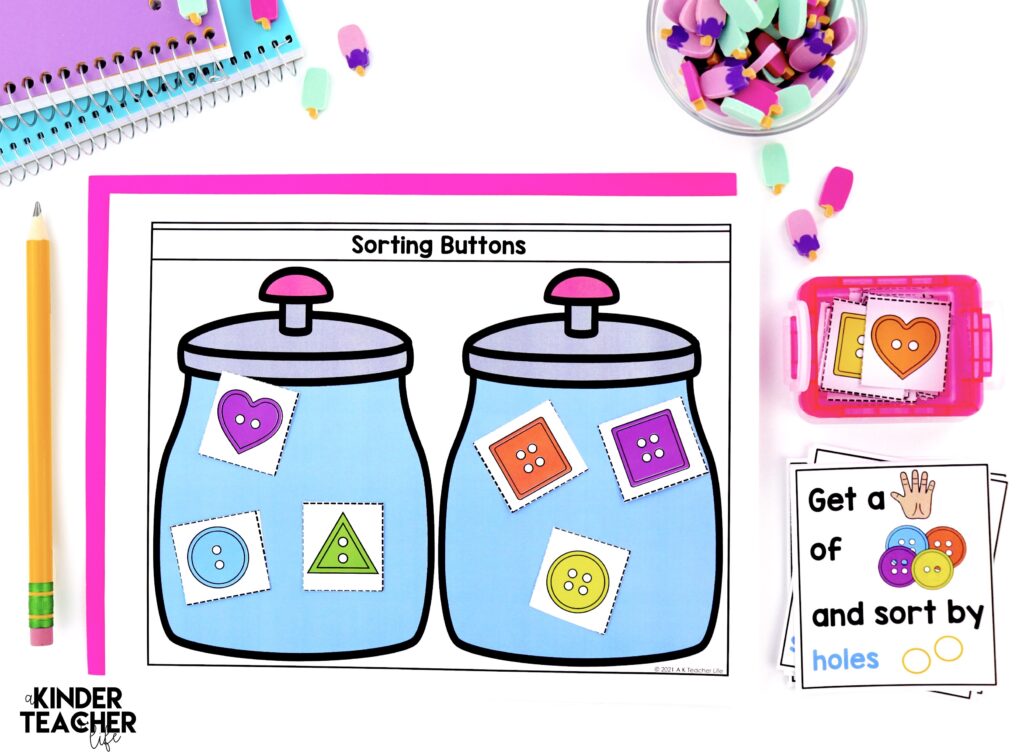
These tips can help your kindergarten and first-grade students learn how to collect, graph, and analyze data.
Get More Data Activities
Do you need data and graphing activities for kindergarten and first grade? You should check out these hands-on graphing math center activities. This packet include hands-on math centers, printable activities, and a digital game.
Click here to learn more about my Graphing and Data Math Center packet.
What are your tips for teaching graphing and data? Let me know in the comments section.
Happy teaching,
Tee

